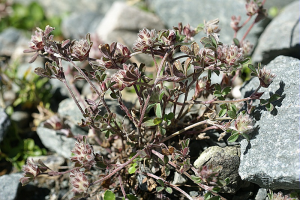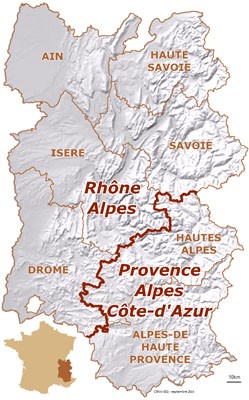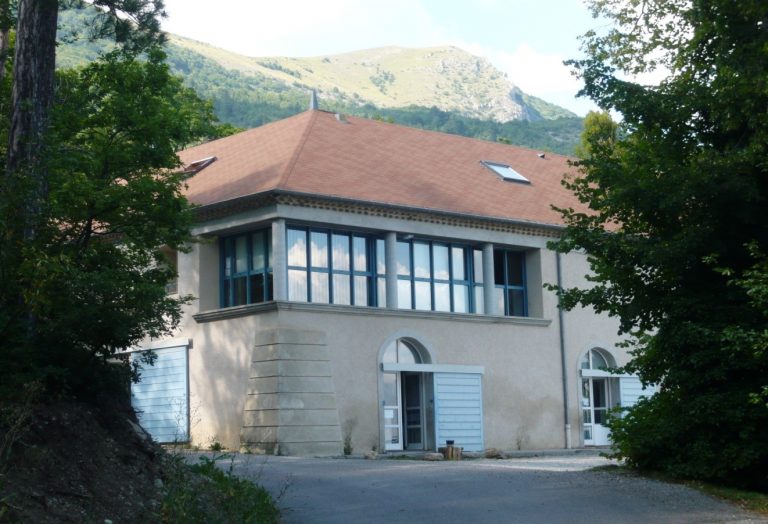Conservatoire Botanique National Alpin

The Alpine Botanical National Conservatory (CBNA) is a public structure dedicated to the knowledge and preservation of the French Alps and its piedmont flora and vegetation.
The accreditation CBNA territory straddles two regions. In Rhône-Alpes, it covers the departments of Ain, Drôme, Isère, Savoie and Haute-Savoie. In Provence-Alpes-Côte d’Azur, it covers the departments of Alpes-de-Haute-Provence and Hautes-Alpes.
As it is the National Botanical Conservatory, the CBNA performs the following three tasks defined by the Environmental Code:
- Knowledge of the state and evolution of wild flora and natural and semi-natural habitats
- Identification, in situ and ex situ conservation of rare and endangered flora and habitats
- Technical and scientific assistance to the State, its public bodies and local authorities
The Alpine territory and its foothills (42,600 km2) are the crossroads of climatic influences. This feature explains the presence of more than half of the species found in France (5,700), of which:
- 201 have national protection;
- 436 have regional protection;
- 1923 are on the regional Red List;
- 85 are listed in the Habitats Directive at EU level.
Understanding and preserving this richness is a key issue for biodiversity.

The CBNA has built a huge database containing over 5 million observations on this territory. These data on common and rare species, exotic species, bryophytes and habitats come from:
- historical herbaria vouchers or flora;
- field data collected by our botanists and partners since 1985 (floristic and phytosociological surveys).
These data are used to create atlases, flora, protection lists and red lists.
The conservation activities are based on priority species determined by a conservation strategy. The actions have been realised and coordinated by a network of 28 alpine practitioners and researchers since 2008, which is managed by the CBNA. The CBNA also leads conservation action plans on rare and threatened species and gives scientific and technical assistance to practitioners on management and monitoring of priority species.
The CBNA seed bank (>3000 accessions, 1,200 species) and conservatory garden are not only involved in the conservation action plan, but also in revegetation programs and evolution research.
During the Alpine Plant Conservation & Research Programme, seeds of endemic, rare and threatened (CR/EN/Vu categories in regional red lists) alpine species (above 2,200m) will be collected for the seed bank, with particular focus on Trifolium saxatile All. Seeds already stored in cold rooms, and seeds collected in the field will be used to study the adaptive response of this species to global changes.
http://www.cbn-alpin-biblio.fr/
http://www.cbn-alpin-icono.fr/

